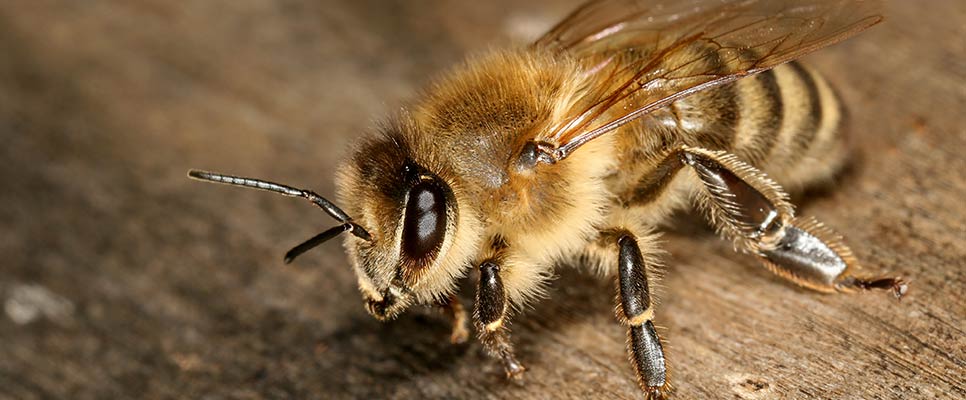Description:
Italian honey bees of the species Apis mellifera ligustica were introduced to the land. They immediately rose to prominence as the preferred bee breed in this nation and still are today. Italian bees, who are renowned for their lengthy brood-rearing periods, can establish colony numbers in the springtime and keep them going all summer. They produce great honey and are less defensive and disease-prone than their counterparts. They have very light colouring as well, ranging from a pale leather tone to a nearly lemon yellow, which is a feature that many beekeepers highly value for its visual beauty.

Appearance:
- Colour: Bees from Italy are yellow. The younger the bee, the more vibrant the hue.
- Size: Compared to its upper body, its abdomen is larger.
- Abdomen: Its end is spikier than those of other breeds.
- Tongue: measures roughly 0.25 inches.
As soon as the honey flow ends, bees may consume extra honey in the hive as a result of their prolonged brood rearing. Second, they regularly steal the honey reserves of nearby colonies that are weaker or have died since they are infamous kleptoparasites. This habit could present issues for Italian beekeepers who tend to their colonies amid nectar shortages and could hasten the development of contagious diseases among hives.
Life Cycle:
The egg, the larval, the pupal, and the adult stages make up the honey bee’s life cycle. Due to the food given as larvae, the queen bee may live for several years whereas the worker bees only have a lifespan of about six weeks. Queens, who produce and deposit eggs, have been known to live up to five years, but their usual lifespan is two to three years. Because beekeepers “re-queen” the hives frequently, domestic honey bee queens may pass away sooner.
Aspects:
Italian bees represent the most often ordered bees. They are renowned for being kind and capable of making quality, honey. They are primarily raised in the south and struggle in cooler areas because they need to eat more food to make up for not creating a tightly packed cluster like other varieties of honey bees. Italian bees are excellent keepers of their colony and vigorous foragers. The drawback of Italian bees is that they frequently swarm and have a worse sense of direction than other bees, which can cause them to wander from colony to colony and commit robberies. This may aid in the transmission of disease between colonies.
Gallery




Published on: November 14, 2023
Last updated on: December 14, 2023
